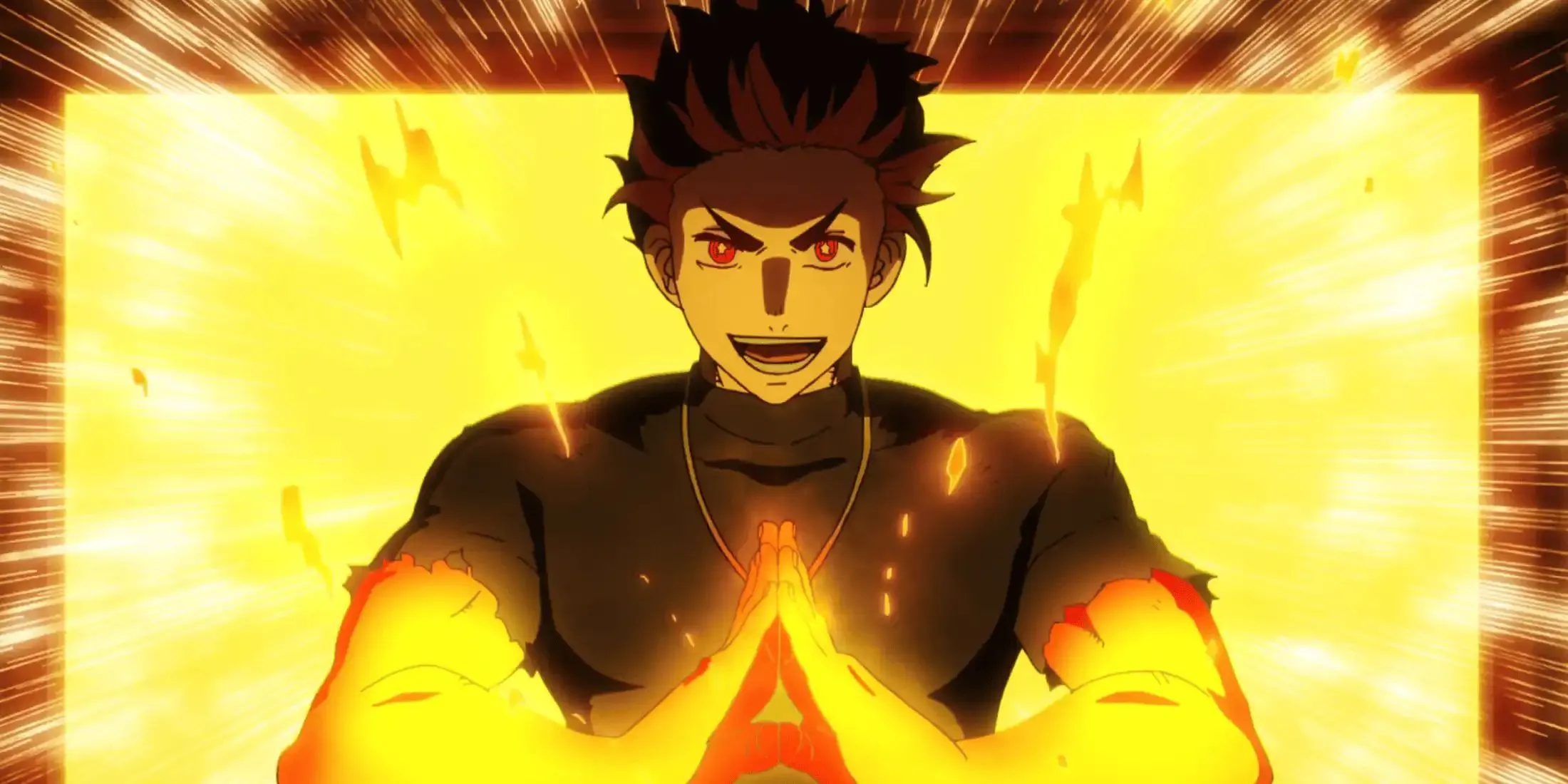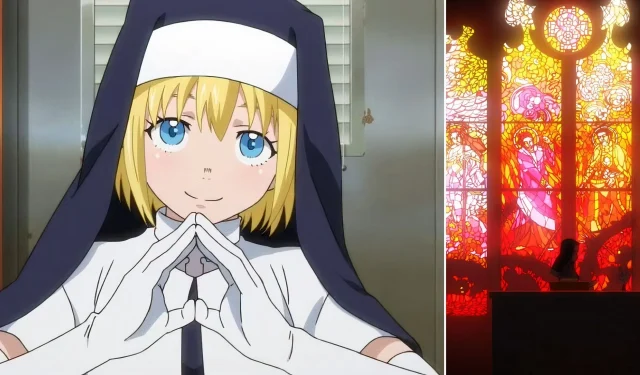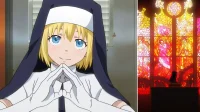Overview
- In Fire Force, the term “látom”carries diverse meanings, being employed before the elimination of Infernals, as a farewell, or in a prayerful context.
- Atsushi Ohkubo, the series creator, has described “látom”as originating from a fusion of the Egyptian sun deity, “Ra,”and elements of Japanese funeral traditions.
Quick Navigation
- Exploring the Various Uses of Látom in Fire Force
- Understanding Látom’s Religious Connotations Explained by Its Creator
The universe of Fire Force, crafted by Atsushi Ohkubo, is characterized by its captivating idiosyncrasies, ranging from its diverse cast of characters to its rich architectural aesthetics, alongside its intricate integration of religious elements.
Ohkubo has a remarkable ability to weave lighthearted narratives infused with deep lore, demonstrated in his previous work, Soul Eater, and continued in Fire Force. A prime example of this is the term “látom,”which, while frequently used across various contexts by the characters, remains somewhat ambiguous, sparking extensive discussion among fans. Although Ohkubo has provided insights into its usage, it opens the floor for further interpretation.
Understanding the Various Applications of Látom in Fire Force
Watch on YouTube
The word “látom”eludes straightforward translation into English due to the broad array of scenarios in which it is employed. Primarily, it is voiced just prior to the dispatching of an Infernal by Fire Force personnel, but its meanings extend significantly:
- As a thoughtful farewell, akin to expressing “take care out there.”
- As an ironic prelude to impending misfortune, similar to saying “here we go…”
- As a concluding phrase in prayers, much like the word “amen.”
In many instances, the use of “látom”can be interpreted as a goodwill gesture before someone’s demise, whether literally during climactic battles or ironically when confronting danger. Its application extends into daily conversations, where it serves as a form of encouragement akin to wishing someone a pleasant day.
Creator Atsushi Ohkubo’s Insights on Látom’s Religious Significance


A multitude of theories regarding the term “látom”circulate online. Some speculate that its roots may lie in Hungarian, where “látom” translates to “I see.” Others interpret it as synonymous with ‘amen’ due to its religious connotations.
Fortunately, Atsushi Ohkubo has clarified the essence of “látom.”In an interview with MyAnimeList during Anime Expo 2019, he directly addressed its significance, stating:
“The church in Enen no Shouboutai is a solar religion that worships the sun. ‘Ra’ is the name of the Egyptian sun god. Then the Japanese word tomurai [condolences, mourning, funeral] is mixed in.”
Does Látom Have a Dual Interpretation?

As explained by Ohkubo, the term “látom”(pronounced ‘ratom’ in Japanese) cleverly merges two concepts, representing a unique term that conveys dual meanings seamlessly. It is important to note that any association with Hungarian is merely coincidental.
The initial component, “la”or “ra,”signifies reverence toward deities, which aligns with the prominent religious influences in Fire Force. This explains its usage as a positive wish, akin to saying “may the gods watch over you” or “stay safe.”
The latter part, “tom,”relates to expressing condolences, as associated with the mourning process and funerals, conjuring imagery of care for the deceased.
This duality makes “látom”resonate with the concept of ‘amen’ as a reasonable translation; however, it transcends simple interpretations. It embodies not just a hope for the Infernals’ souls but also serves as an homage to the foes overcome by the Fire Force.
Ultimately, while “látom”resists precise translation, its significance endures, reflecting the intricate world-building prowess of Atsushi Ohkubo that fans can appreciate, regardless of their understanding.


